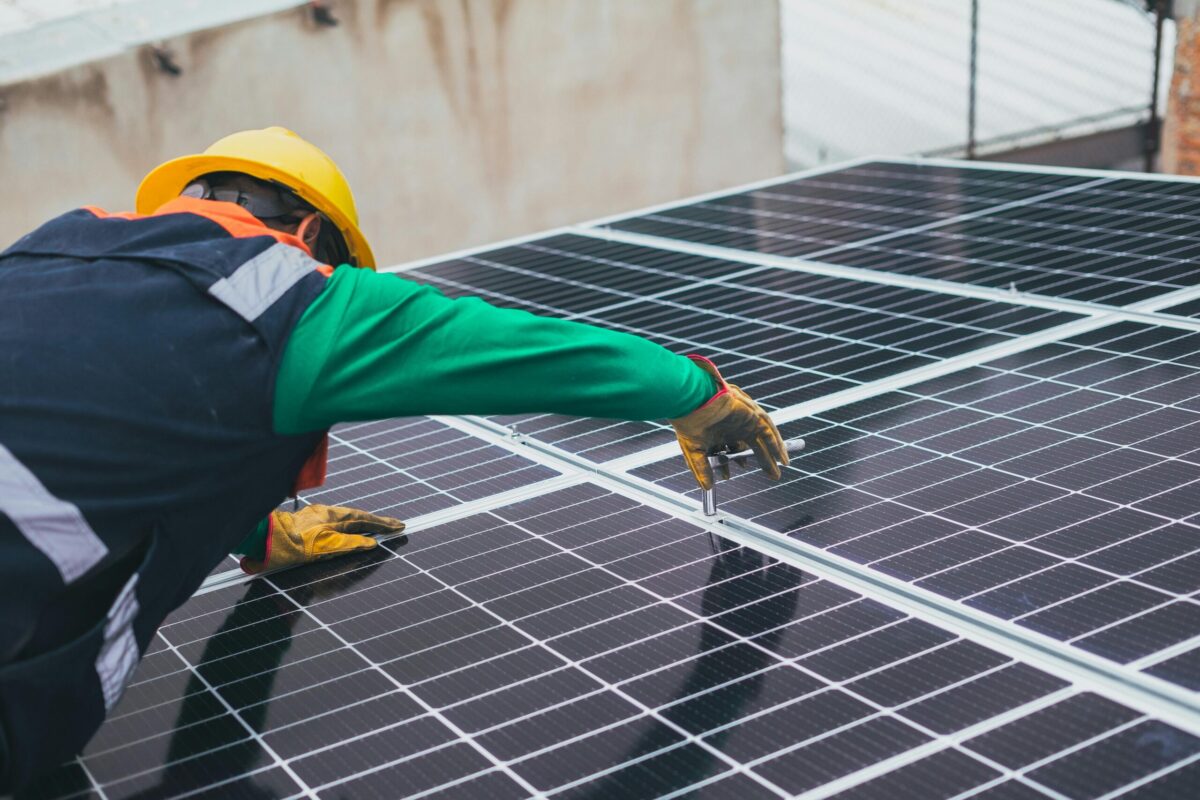McDonald’s has passed the 1 GW mark in terms of global renewable capacity today, with the signing of three new virtual power purchase agreements (VPPA) – two wind farms and a solar project – totaling 750 MW.
According to a McDonald’s spokesperson, McDonald’s share of the two wind farms will have a combined capacity of 327MW and McDonald’s share of the solar project will have a capacity of 423MW.
These new VPPAs build on McDonald’s existing 380 MW renewable portfolio, first announced in November 2019. That portfolio consists of the Aviator Wind project, located in Coke Country, Texas and the Samson Solar project, located in Lamar, Red River and Franklin counties, Texas. Once completed, McDonald’s will hold a 220 MW share of the Aviator project and a 160 MW portion of the Samson project, bringing the company’s total renewable investment to 1130 MW, comprised of 547 MW of wind and 583 MW of solar.
McDonalds is not the only big corporation to get in on the Samson project, with AT&T announcing in late November that the company had signed a 500 MW power purchase agreement for a portion of the behemoth.
The project is set to clock in at roughly 1.3 GW upon completion, which is expected to happen some time in 2023. When that happens, the Samson Solar Energy Center will be the largest solar installation in the country and among the largest in the world. The rest of the project’s capacity is also contracted under similar corporate purchase agreements with Honda (200 MW), Google (100 MW), The Home Depot (50 MW) and the cities of Bryan (150 MW), Denton (75 MW) and Garland (25 MW).
Acting fast
While McDonalds has just recently started to commit to renewables, specifically solar, the company has moved to quickly position itself among the leaders in corporate solar procurement.
According to the 2019 Solar Means Business report, the top corporations in terms of purchased or owned solar capacity in 2019 were Apple (400 MW), Amazon (370 MW), Walmart (330) MW, Target (285 MW) and Google (245 MW). While these giants are certain to expand their portfolios by the time Mcdonald’s projects reach commercial operation, the fast food giant’s 583 MW will still likely be among the most of any corporation.
These recent deals come in pursuit of Mcdonald’s climate action target to reduce greenhouse gas emissions by 36% by 2030, from a 2015 base year. Once online, the emissions reductions from all five deals will take the company approximately halfway to the target.
The five projects are also expected to create 3,400 short-term jobs, 135 long-term positions and $360 million in local tax revenues between construction and lifetime operations.
And because environmental impact is about more than just reducing emissions from energy, McDonald’s has committed to a 31% reduction in emissions intensity per metric ton of food and packaging across the company’s supply chain.
This content is protected by copyright and may not be reused. If you want to cooperate with us and would like to reuse some of our content, please contact: editors@pv-magazine.com.









By submitting this form you agree to pv magazine using your data for the purposes of publishing your comment.
Your personal data will only be disclosed or otherwise transmitted to third parties for the purposes of spam filtering or if this is necessary for technical maintenance of the website. Any other transfer to third parties will not take place unless this is justified on the basis of applicable data protection regulations or if pv magazine is legally obliged to do so.
You may revoke this consent at any time with effect for the future, in which case your personal data will be deleted immediately. Otherwise, your data will be deleted if pv magazine has processed your request or the purpose of data storage is fulfilled.
Further information on data privacy can be found in our Data Protection Policy.